IDF 2008: Intel’s rise of the machines
We’re not far away from the point where machines know more than we do, Intel claimed in its final IDF keynote.
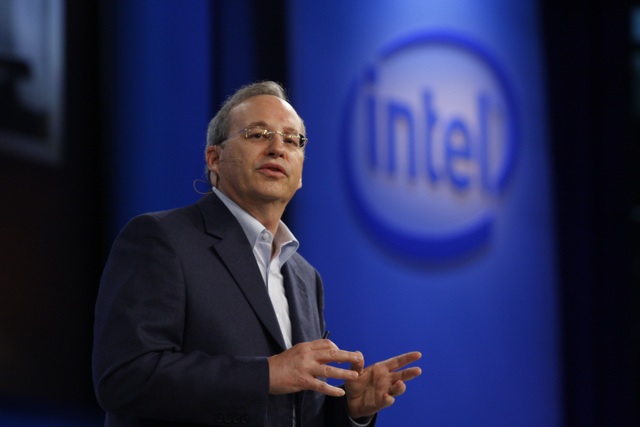
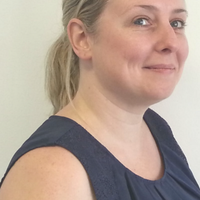
Artificial intelligence (AI) that far outpaces our own is an achievable reality that many will see in their lifetimes, according to chip giant Intel.
Shape shifting, programmable matter, applications that we can control with our mind and robots that are almost human are all on the agenda for the next 40 or so years, Intel's chief technology officer (CTO) Justin Rattner told delegates at the closing keynote speech of the company's developer forum in San Francisco.
"Rather than look back, we're going to look forward 40 years. It's in that future where many people think that machine intelligence will surpass human intelligence," he told the audience.
"It might be only a few decades away because technology is advancing not at a linear rate but an exponential rate. The progress in the next 100 years won't be like the progress in the last 100 years. We're literally watching technology move at an ever-increasing pace."
Intel also wowed the audience with a video detailing how programmable matter could become a reality, bridging the world of science fiction and fact sooner than we think.
"It's a really challenging vision but one we're making steady progess on. My estimates of how long it will take have gone down from 50 years to a couple more years," said Jason Campbell, senior staff research scientist at Intel, who joined Rattner on stage for the shape-shifting talk.
In what he claimed was the first public display of 3D catoms (micro robots), Campbell said: "If we built something out of billions of these, like pixels on your display the individual dots would disappear. It's sort of like your television screen; over time you'd like it to get better and smaller."
Sign up today and you will receive a free copy of our Future Focus 2025 report - the leading guidance on AI, cybersecurity and other IT challenges as per 700+ senior executives
Campbell suggested near-term applications would include 3D visualisation of data in medicine, but also said there were obvious consumer and business applications in terms of the devices we carry around too.
"My cellphone is too big to fit in my pocket and always too big to fit comfortably on my head when I'm making a call," he added, suggesting that shape shifting would have the answer as the device would morph in size and structure depending on the requirements at the time. "When you're done with it, maybe you could morph it into a sphere and put it in your backpack or into a bracelet [to wear]."
In addition to the shape shifting vision and talking about advances in collaborative and cognitive radio technology, Intel also showcased its ongoing work in the field of robotics and demo-ed a game that makes use of neural interfaces to activate commands.
"As you can see, we're making steady progress to Ray Kurzweil's singularity. Humans and machines are starting to cross the chasm," Rattner said in wrapping up.
"It should be quite a ride See you all in the future."
Maggie has been a journalist since 1999, starting her career as an editorial assistant on then-weekly magazine Computing, before working her way up to senior reporter level. In 2006, just weeks before ITPro was launched, Maggie joined Dennis Publishing as a reporter. Having worked her way up to editor of ITPro, she was appointed group editor of CloudPro and ITPro in April 2012. She became the editorial director and took responsibility for ChannelPro, in 2016.
Her areas of particular interest, aside from cloud, include management and C-level issues, the business value of technology, green and environmental issues and careers to name but a few.
-
 Gender diversity improvements could be the key to tackling the UK's AI skills shortage
Gender diversity improvements could be the key to tackling the UK's AI skills shortageNews Encouraging more women to pursue tech careers could plug huge gaps in the AI workforce
-
 Researchers claim Salt Typhoon masterminds learned their trade at Cisco Network Academy
Researchers claim Salt Typhoon masterminds learned their trade at Cisco Network AcademyNews The Salt Typhoon hacker group has targeted telecoms operators and US National Guard networks in recent years
-
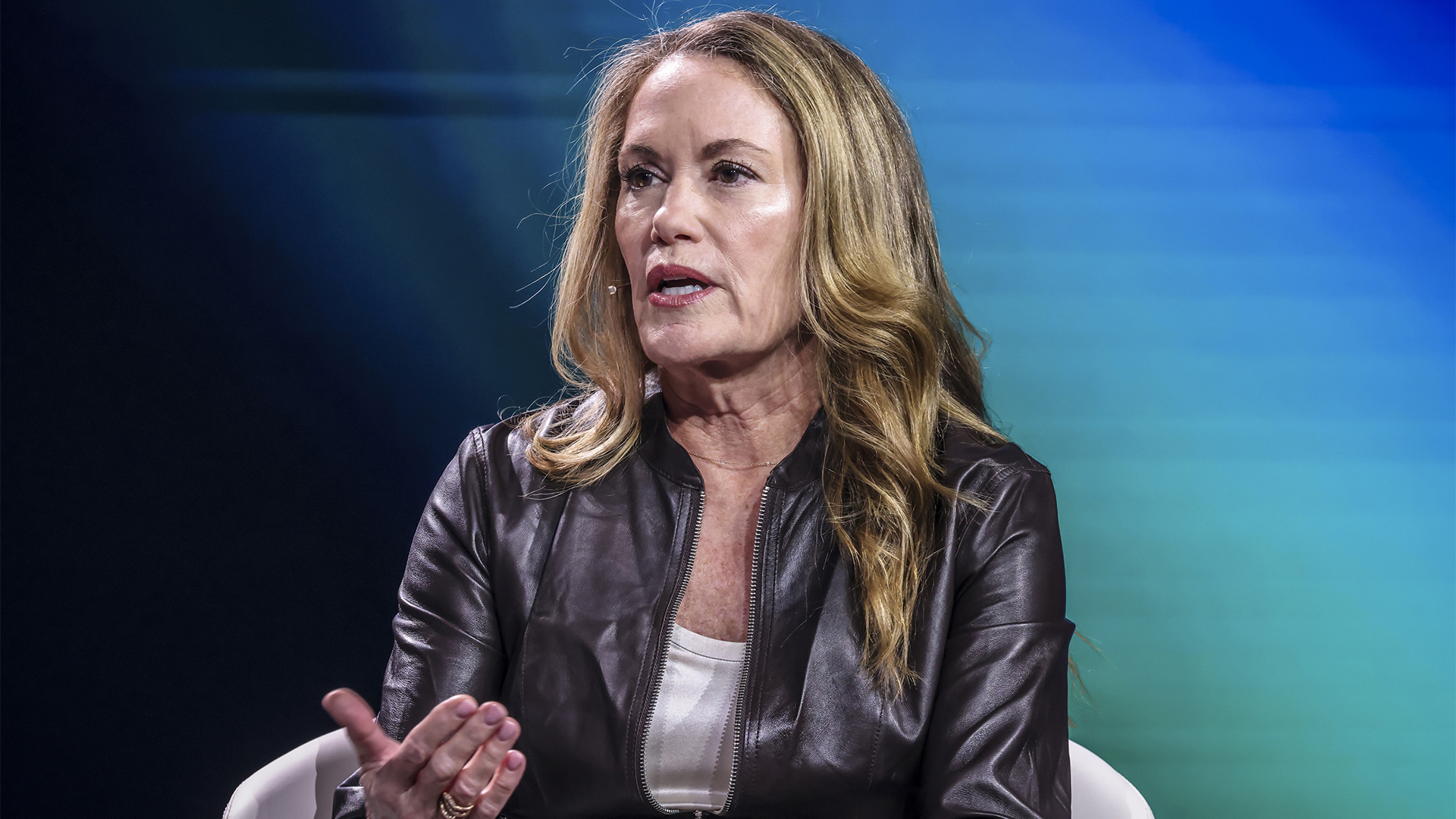 Can robots work safely alongside humans? This one industry leader thinks we're not far away
Can robots work safely alongside humans? This one industry leader thinks we're not far awayNews Humanoid robots and people will be able to work truly side-by-side this year, according to the CEO of one leading robotics company.
-
 Gaining timely insights with AI inferencing at the edge
Gaining timely insights with AI inferencing at the edgeWhitepaper Business differentiation in an AI-everywhere era
-
 Scaling AI from pilot to production: Maximize AI impact with HPE & Intel
Scaling AI from pilot to production: Maximize AI impact with HPE & IntelWhitepaper Transform AI proof-of-concepts into full-scale implementations
-
 Why cutting-edge innovation is killing the planet
Why cutting-edge innovation is killing the planetIn-depth AI and robots will do our work, we’ll get paid in cryptocurrency, and cars will drive themselves – but each of these technologies is a massive energy hog
-
 UK supercomputer boom as HPE and Dell receive funding for new AI cluster
UK supercomputer boom as HPE and Dell receive funding for new AI clusterNews The UK’s AI computing capabilities will increase by an order of magnitude in 2024
-
 AI gold rush continues as Hugging Face snags $235 million from IBM
AI gold rush continues as Hugging Face snags $235 million from IBMNews The investment round, which brings the company's valuation to $4.5 billion, also includes Amazon, Google, Intel, and Salesforce
-
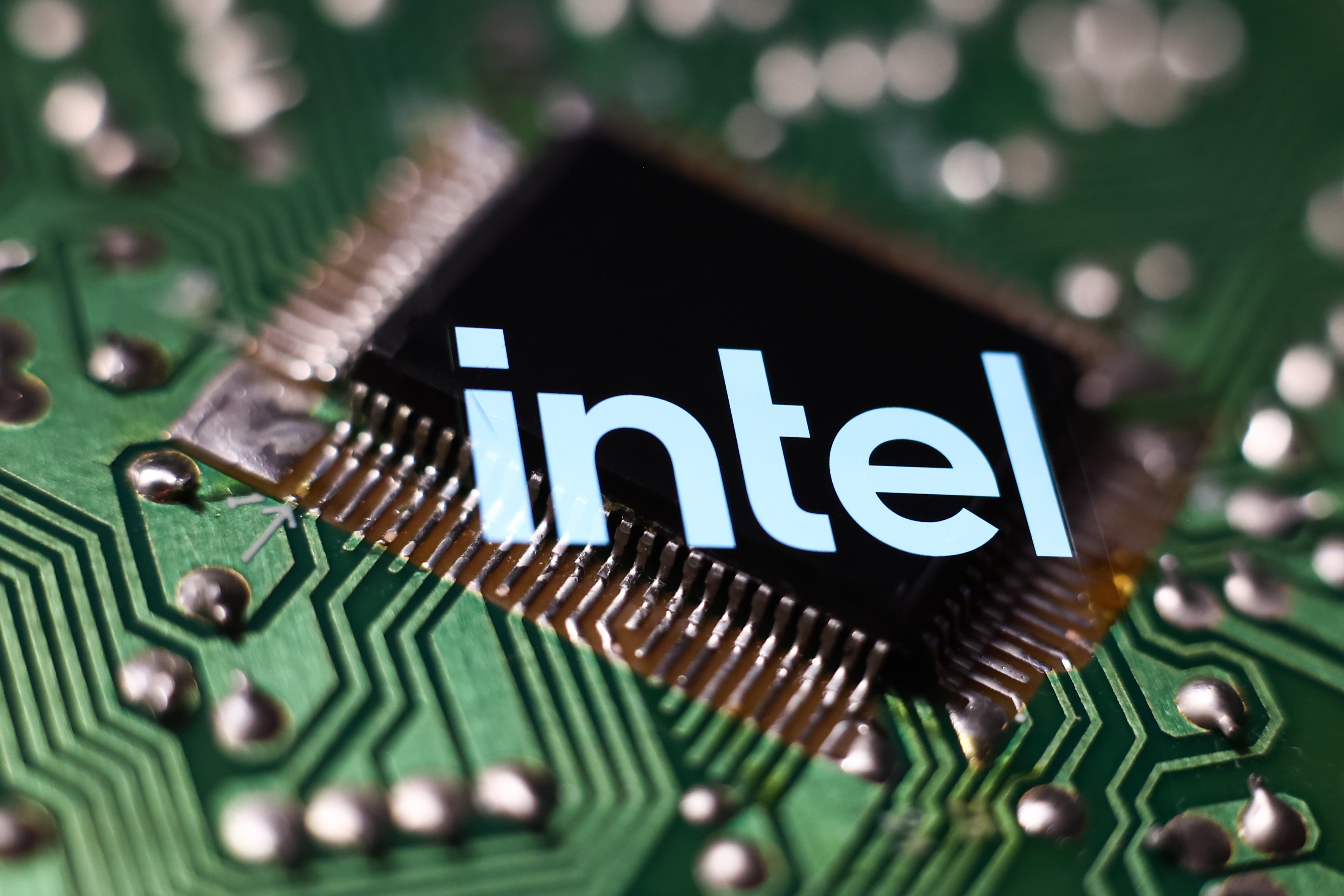 Why is ASUS reviving Intel’s NUC mini-PC line?
Why is ASUS reviving Intel’s NUC mini-PC line?News The diminutive PC is to rise again while analysts look for the business case
-
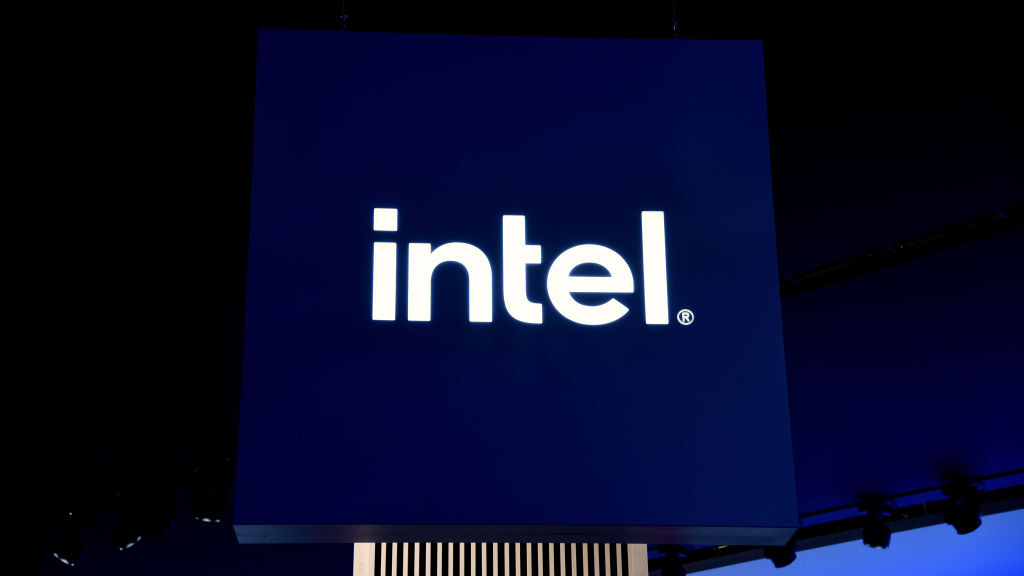 Intel targets AI hardware dominance by 2025
Intel targets AI hardware dominance by 2025News The chip giant's diverse range of CPUs, GPUs, and AI accelerators complement its commitment to an open AI ecosystem
